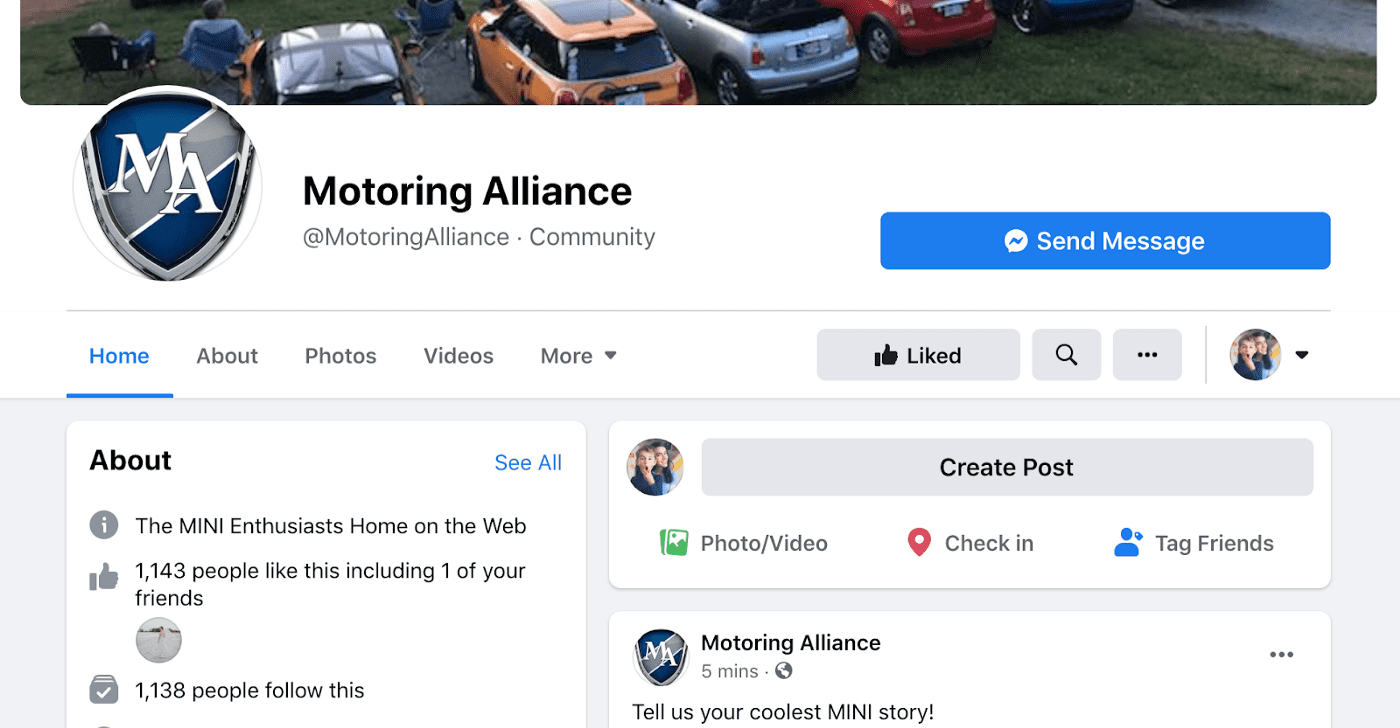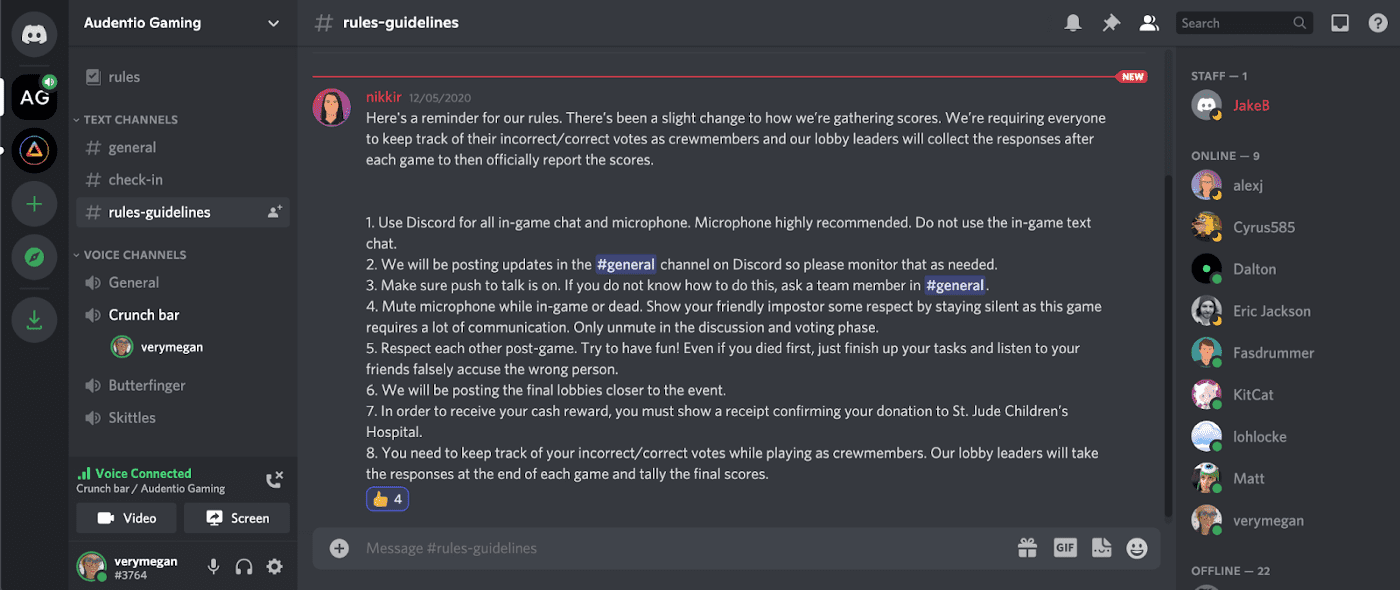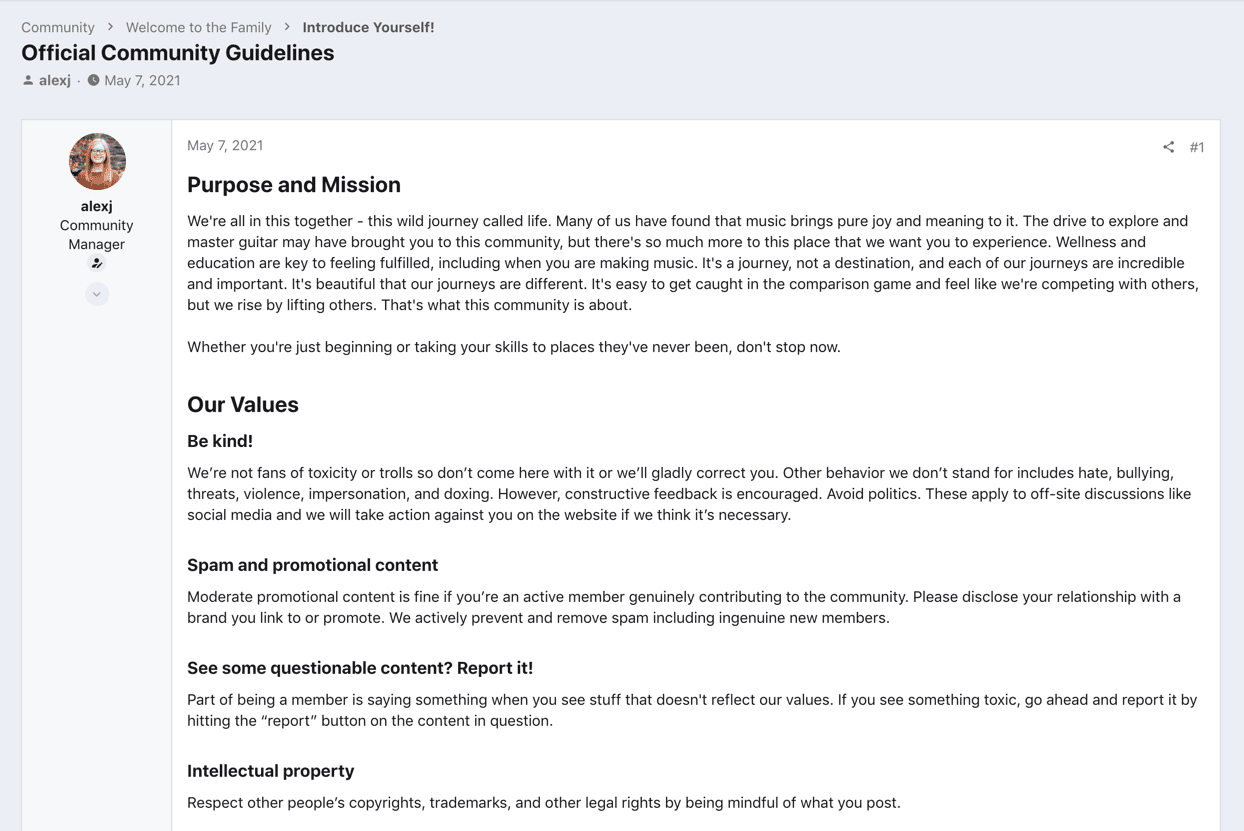Share This Article
Communities only exist because of the people within them and their interactions with each other. As a community leader, you have an opportunity (and, in some ways, a responsibility) to shape those interactions. While there are a number of obvious things you should be doing, such as blocking negative activities and preventing harassment, there are more auxiliary actions you can take to help guide the direction of your community’s interactions. Let’s get started at the beginning and work our way forward through the early life of a new community.
Choosing a topic
Choosing your community’s topic is one of the biggest steps you can take to guide the direction of your community on a foundational level. Determine a topic that interests you or a product you may be involved with and build your community around that idea. This selection should not be taken lightly though, as the topic you choose will determine the makeup of your community which can have a heavy impact on the new members you attract and the type of content your community produces.
Organizing your community platform
Once you’ve picked your community’s focus, your next step is to create the space in which your community interacts. How you create that space is very dependent on the platform you choose and your prospective audience. A younger community centered around Minecraft may prefer an experience more akin to social media because that is what they’re more familiar with, pushing them to use Discord or Facebook Groups for their community platform; however, an older audience that may have been using the internet before the inception of social media would be familiar with the traditional forum structure that a XenForo or vBulletin provides and that many online communities still employ today. Each of these choices should be determined by the needs of your community, as a social media experience like Twitch or Reddit requires little configuration, but also has limited avenues for organization and individuality, whereas a more traditional community platform like a forum, blog, or chat provide many options for making the space your own and shaping the way users interact.

Traditional forums provide the simplest means for creating channels for fostering and guiding interaction. The traditional forum list allows you to create forums and sub forums tailored to specific topics, and a prefix/tag system works on the same principle, while hybrid forums provide additional levels of direction. Essentially, your goal is to create these as channels for discussion. An example of this would be, in a community focusing on gaming, to create a category for video games and then sub forums focused on separate game genres, so members have a clear pathway showing where their content should be posted.

Social media platforms have risen to become the expected view for receiving content in younger audiences. Many communities use Reddit or Facebook Groups because these platforms’ have an experience that users have come to expect. Especially as mobile browsing becomes more dominant, requires minimal maintenance, and using these massive platforms that are already well established allows for better discoverability. That being said, although your community will be using an expected content layout, your community will look the same as any other community using that platform and will have minimal opportunities to set itself apart from others. You would also be beholden to this platform rather than being fully in control of your community and it’s trajectory.

A feeds system bridges the social media and traditional forum experience for a view that new and seasoned users can enjoy. This has been a recurring issue over the years that we’ve tried to solve as well-established communities work to still appeal to their current user base while trying to bring in new users that may not have experience with navigating a traditional forum. Our current solution for this problem is our feeds system, which brings content discoverability out of the traditional forum list and gives users the ability to search by topic or content type, rather than needing to arduously search for the content in the various folders on the forum list.

Blogs and other article-based content management systems are great for focused direction on interaction. Blog or article-based communities center around the content created by community leaders. This places a lot more of the responsibility for content creation on community leaders because the articles created are directly driving the conversation. Given the time-based nature of article content interaction will tend to drop off; unlike forums, there is no “bumping to the top” with articles outside of displaying recent comments across the platform and showcasing most commented articles.

Chat systems, while much more open and freewheeling, also typically provide a method of direction for interaction. This is in the form of channels; Whether you’re using Slack, Discord, IRC or a widget on your website, creating a channel dedicated to discussing a topic isn’t too different from traditional forums aside from the lack of organization for topics within the main subject matter. This medium for a community can be beneficial for creating a casual and conversational environment, but your community will not have quick and easy content discoverability, meaning users may be less likely to engage due to the difficulty of following new topics.

Creating guidelines for your users
The next important step in shaping your community is to set the rules for which it follows. When crafting these rules, you need to keep in mind that the more strict the rules, the less interaction you’ll see. On top of that, the more rules you have, the more likely people are to miss them.
Your goal is to keep the rules simple and avoid taking a critical or negative tone. Note what sorts of content are not welcome, outline policies for enforcement, and be sure that the rules are clearly visible wherever a user might begin the process of interacting with your community, such as an introduction forum or a notice for new members that’s shown when the user first logs in.
Thankfully, most community platforms do provide some tools to allow you to simplify management. You can set post frequency limitations and even content flagging for forums and comment systems, enable certain features only for members who have certain amounts of activity under their belt, and rely on users to be self-policing through reporting and downvoting systems.
Leading by example & starting discussions
As the leader of a community, you are the one to get it started. Your place isn’t just as an observer, but as a member of the community too. You carry a lot of weight with your interactions, and each action you take has an impact. Let’s outline two important aspects of interaction that you should prioritize when guiding your community’s direction.

Starting the discussion: Asking questions
No matter what the platform your community exists on, asking a question is one of the greatest ways to get a discussion moving forward, and you have the power to start these discussions and shape them through the questions you ask. Additionally, you will be able to gauge your community’s interest in a variety of topics through these questions; the more responses and debate that occurs, the more passionate your community is about the topic.
Responding to the community
Another important action to take when shaping the direction of your community is to directly respond to it. Interact with members and their posts, sharing your own knowledge and opinions. As the leader of a community, you have a great deal of influence in how a discussion takes shape, and by replying and reacting to what your community shares, you can encourage further engagement on the content shared.
Final notes regarding shaping the direction of your community
Lastly, but most certainly not in the least, you can only do so much to guide your community. Take too heavy a hand in anything above and you may find that your community dwindles, rather than grows. Your community is made of the people within it, and you are supporting them as much as they are supporting you. You need to listen to them and understand their goals within the community in order to be an effective leader within it.


